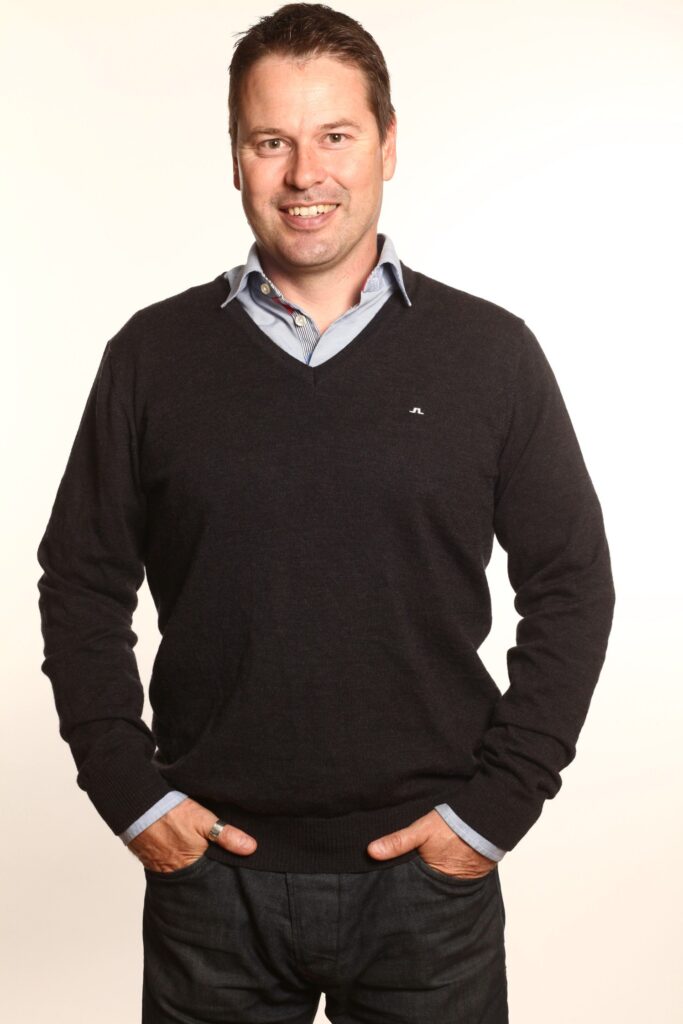
User experience is a powerful tool. Interview with Torbjörn Ryber
Torbjörn was chairman of SAST Stockholm for three years and is now chairman of a local chapter of SAST. He has written the book Essential Software Test Design as well as many blog posts and an e-book on visualisation. He believes in lifelong learning, visualization and team power and is currently studying UX.

a1qa: Torbjörn, can you please explain how mapping user experience improves software development?
Torbjörn Ryber: If we want to solve the real user problem, we really need to understand how users think, feel and act. I believe that we are far too eager to find solutions before we have understood enough and thereby not solving the real problem or at least solving it in sub-optimal way.
a1qa: Since you do UX consulting you must have a personal viewpoint that this is essential to persuade developers to think of usability? In other words, what are the most effective ways of making people care of usability?
Torbjörn Ryber: I do believe that systems are built in order to solve people’s problems. And in order to solve the problem with the user in mind we must have solutions that are effective, efficient and satisfying. Much research shows that using IT-systems makes people sick – I do not think that is OK. I do not want to be known as someone that builds things that make people break down and cry because they have to spend hours every day trying to find out what they are supposed to do in that stupid system. I talk about this constantly not only to developers but to everyone involved in the process.
The fact is that not even the customers understand the importance of user experience and are not willing to pay. The Swedish site has a lot of excellent material that I think helps people understand the importance of usability.
a1qa: Usability testing can be performed applying different methods. Which method you think is the most efficient?
Torbjörn Ryber: I have done testing for a large part of my 20 years in the IT-business and one of the major reasons I have started with UX is that usability testing used to come really late in a project, it was like the last thing you did before production. Guess how eager the developers were to make last minute changes based on the results of those tests. So I really like the agile approach of testing early and testing often.
As for method I have had most success with think aloud sessions when real users try to solve real problems. I try to keep it easy, short and to the point. Three users per function area will give you a pretty good idea of what the major problems are. The goal is that the test actually takes place and that we do something about the problems we find. I like to have developers and designers watch the sessions live or recorded – that is a really learning experience.
Most important of all – we cannot test quality into the product, we need to work hard in the beginning to understand the users and design accordingly. We will fail repeatedly so it is much better to fail early and often when it is cheap. Steve Krug has written a wonderful little book on how to get started called Rocket Surgery Made Easy. His method is a great start. Here is a picture of a session inspired by Krug.

a1qa:Where do you think usability testing brings QA in several years? Maybe, it might entirely change the approach to development?
Torbjörn Ryber: I really do hope that UX – User experience – will be understood as the powerful and important tool it is. It is much more than just usability. A central value that testers bring is to validate that we have built the right system. We have been far too focused on verifying single functions and complicated rules. That is only a part of what we should do. I see the tester role being more specialized – some will be working with UX, others with automation.
The important thing is that we bring value to our work. It is a bit absurd how much focus many spend on regurgitating old testing folklore about testing phases, stages, templates and roles instead of trying to keep up with the multitude of new brilliant ideas there are today. The certifications for tester and requirement analysts seem to have forgotten the progress of the last twenty years or so. Take instead for example the power of visualization. That is a key part of my own work regardless if I am doing Interaction design, requirement analysis or test design.
Books like Dan Roam’s Back of the Napkin and Mike Rohde’s The Sketchnote handbook are great places to start, not to forget my own piece of work Essential Software Test Design which has a strong focus on visually modelling the problems. If you are interested to read more about this I keep a blog. There so much more to say that do not fit into this rather short interview.
Torbjörn thanks a lot for the interview and the viewpoint you shared. We hope to talk to you again.








